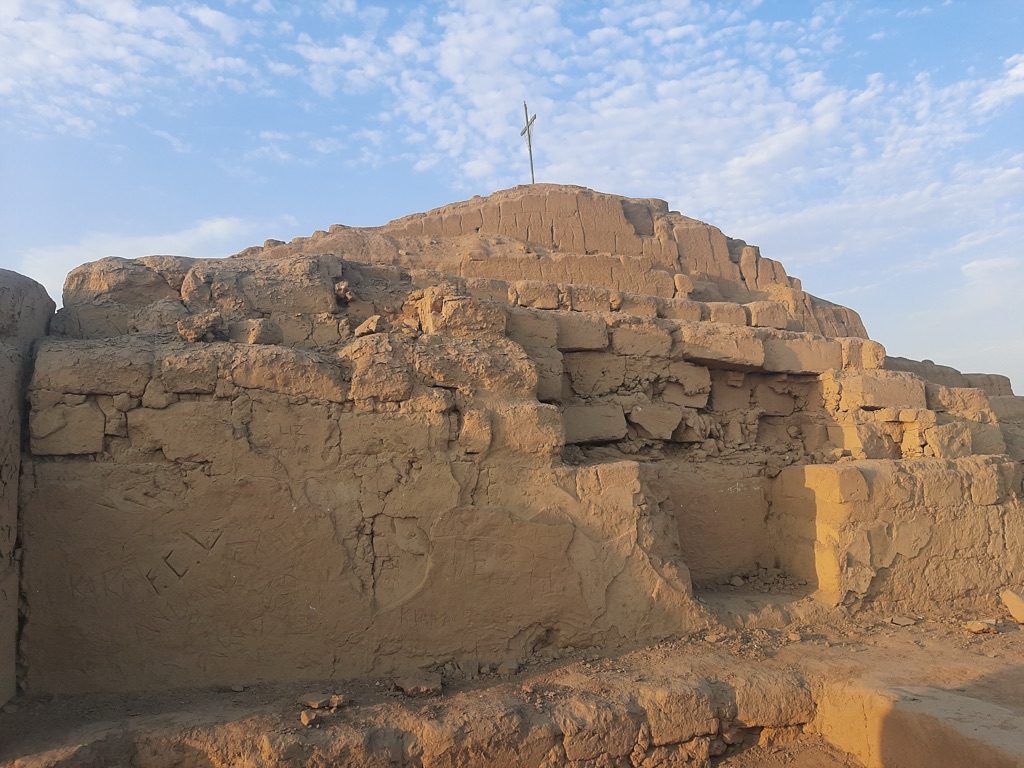La Centinela is an ancient archaeological site located in the Ica Valley on the south coast of Peru. It is part of the larger Paracas culture, which flourished in the area from approximately 800 BCE to 100 BCE. The site includes a complex of adobe pyramids and platforms, and it is significant for its well-preserved state and the insights it provides into the Paracas society. La Centinela is a testament to the sophisticated civil engineering and agricultural practices of the Paracas people, who developed advanced techniques to thrive in the arid environment.
Get your dose of History via Email
Historical Background of La Centinela
La Centinela was discovered in the modern era by Julio C. Tello, a prominent Peruvian archaeologist, in the early 20th century. The site dates back to the Paracas culture, known for its intricate textiles and head-binding practices. The Paracas people built La Centinela, and it served as a ceremonial center and possibly as an administrative hub. Over time, the site was abandoned and remained untouched until its rediscovery. While not the scene of any known historical battles or events, La Centinela provides valuable information about the daily life and beliefs of the Paracas culture.
The construction of La Centinela reflects the ingenuity of the Paracas people. They built the site using adobe bricks, a material well-suited to the dry climate. The complex includes several pyramids and platforms, indicating a hierarchical society with religious and social stratification. The site’s preservation allows for ongoing research and a better understanding of the Paracas civilization’s architectural techniques.
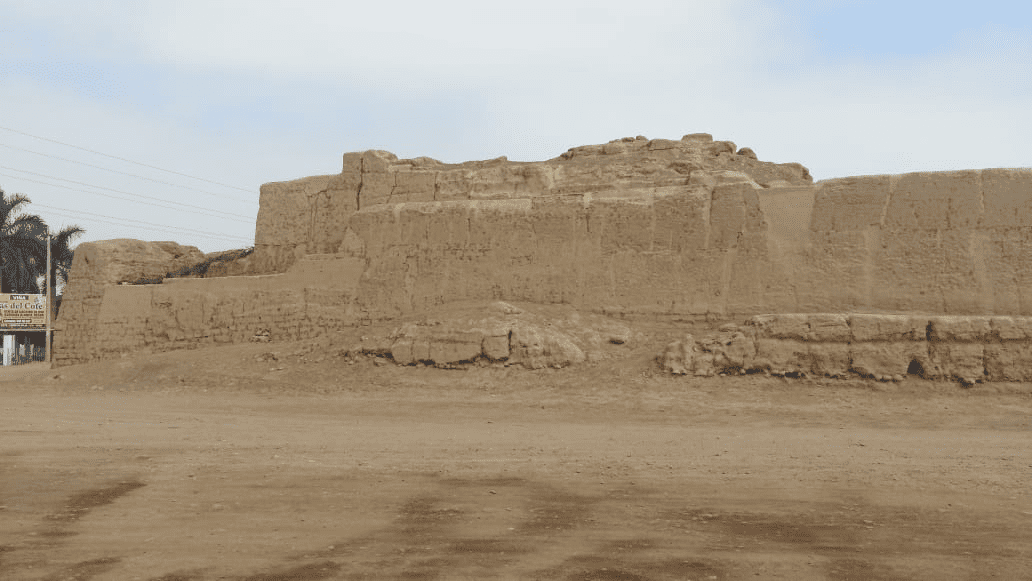
After the decline of the Paracas culture, the region saw the rise of the Nazca civilization, which also left its mark on the landscape with the famous Nazca lines. However, there is no clear evidence that the Nazca people inhabited La Centinela or used it for their own purposes. The site remains a Paracas legacy, untouched by later civilizations.
La Centinela has not been the scene of any historically significant events in recorded history. Its importance lies in its status as a cultural and historical artifact. The site provides a window into the past, revealing the complexity and sophistication of pre-Columbian societies in Peru. It stands as a silent witness to the achievements of the Paracas people, who managed to create a thriving culture in a challenging environment.
The discovery and ongoing research at La Centinela have shed light on the Paracas culture’s social organization, religious practices, and architectural prowess. The site continues to be an important focus for archaeologists and historians seeking to understand the prehistoric societies of South America. Its well-preserved state offers a rare opportunity to study the Paracas culture in depth.
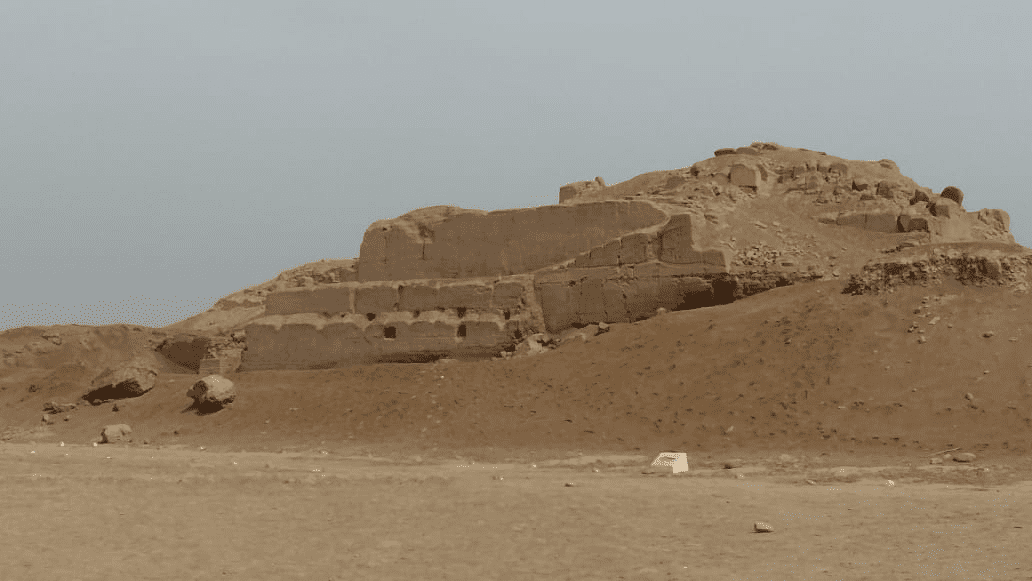
About La Centinela
La Centinela is a complex of adobe structures that showcases the architectural capabilities of the Paracas culture. The site’s main features include several truncated pyramids and platforms, which were likely used for ceremonial purposes. The adobe bricks used in construction have withstood the test of time, thanks to the arid climate of the Ica Valley.
The construction methods of La Centinela involved the mass production of adobe bricks, which were then laid in courses to build the pyramids and platforms. The use of adobe, a material made from sun-dried earth and organic materials, was ideal for the environment and is a testament to the Paracas people’s understanding of their natural resources.
Architectural highlights of La Centinela include the precise alignment of structures and the presence of staircases and ramps, which suggest a high level of planning and social organization. The site’s layout indicates a clear distinction between public and private spaces, as well as areas designated for religious activities.
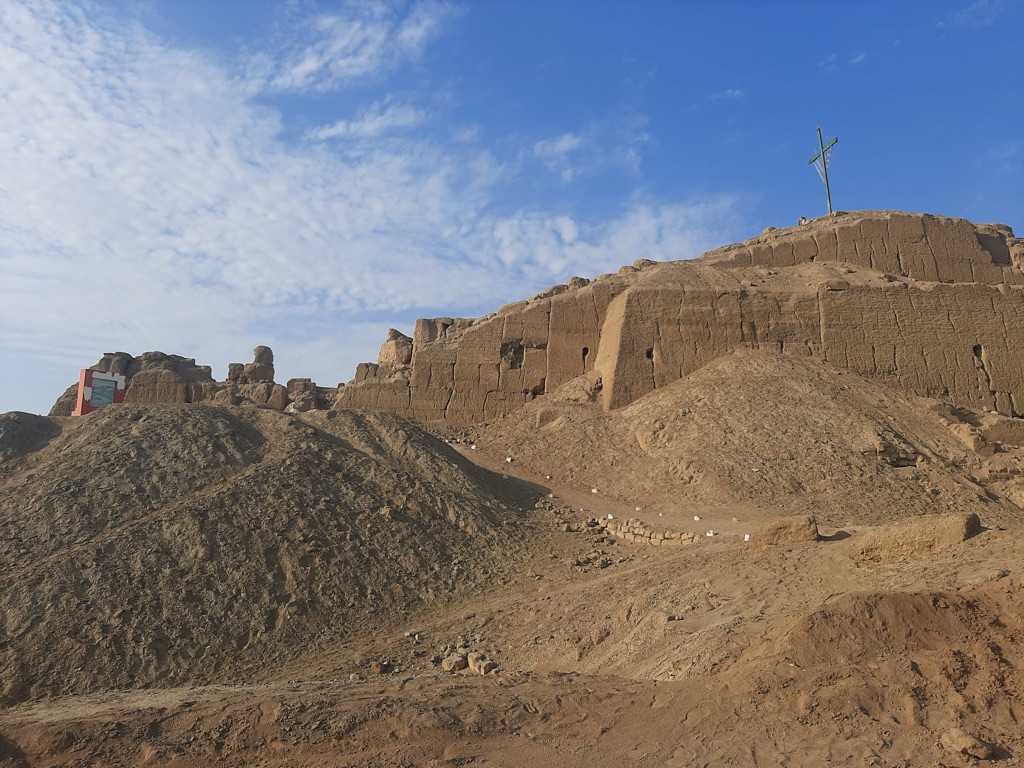
The building materials for La Centinela were sourced locally, utilizing the abundant clay and sand found in the Ica Valley. The Paracas culture’s ability to create such enduring structures from these simple materials speaks to their ingenuity and resourcefulness.
La Centinela’s architecture is not only functional but also symbolic. The pyramids and platforms may have represented the Paracas people’s cosmology and religious beliefs, serving as a bridge between the earthly realm and the divine. The site’s design reflects a deep connection with the natural world and a sophisticated understanding of engineering and architecture.
Theories and Interpretations
Several theories exist about the use and significance of La Centinela. Most scholars agree that it served as a ceremonial center for the Paracas culture. The pyramids and platforms likely hosted rituals and gatherings, possibly related to agriculture, astronomy, or religion.
There are mysteries surrounding La Centinela, particularly regarding the specific rituals performed at the site. Some researchers suggest that the alignment of structures could relate to astronomical events, which were important for agricultural societies like the Paracas for timing their planting and harvesting seasons.
The interpretation of La Centinela’s purpose has been matched to historical records by comparing it with other Paracas sites. These comparisons have helped to build a picture of the culture’s social and religious practices. However, without written records, much of the site’s history is speculative and based on material evidence.
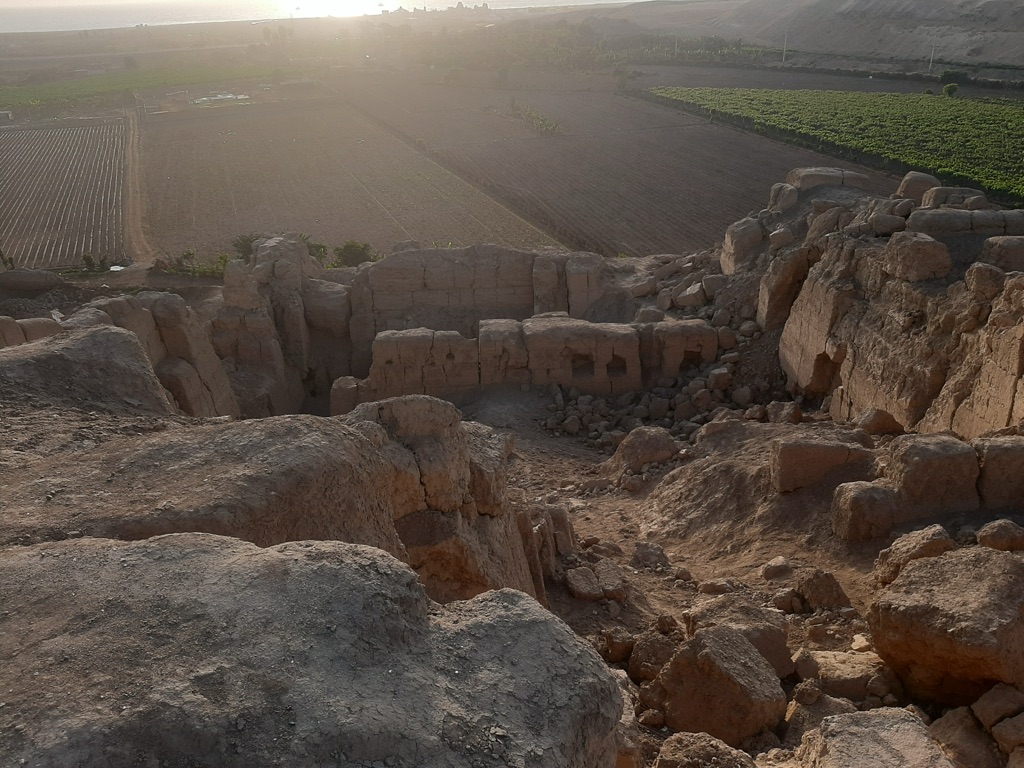
Dating of La Centinela has been carried out using methods such as radiocarbon dating and analysis of pottery styles. These techniques have helped to establish a timeline for the site’s construction and use, placing it firmly within the Paracas period of pre-Columbian history.
The theories about La Centinela continue to evolve as new discoveries are made. Ongoing archaeological work is crucial for uncovering more details about the site and the people who built it. Each new finding adds to the understanding of this ancient and enigmatic culture.
At a glance
Country: Peru
Civilization: Paracas culture
Age: Approximately 800 BCE to 100 BCE
Conclusion and Sources
La Centinela stands as a significant archaeological site that offers a glimpse into the Paracas culture of ancient Peru. Its well-preserved structures and artifacts continue to inform and inspire researchers, providing valuable insights into the lives of a civilization that thrived in a challenging environment. The ongoing study of La Centinela is essential for a deeper understanding of pre-Columbian history in South America.
Reputable sources used in the creation of this article include:
- Wikipedia: https://en.wikipedia.org/wiki/Paracas_culture
- Wikipedia: https://en.wikipedia.org/wiki/La_Centinela
- Britannica: https://www.britannica.com/topic/Paracas

